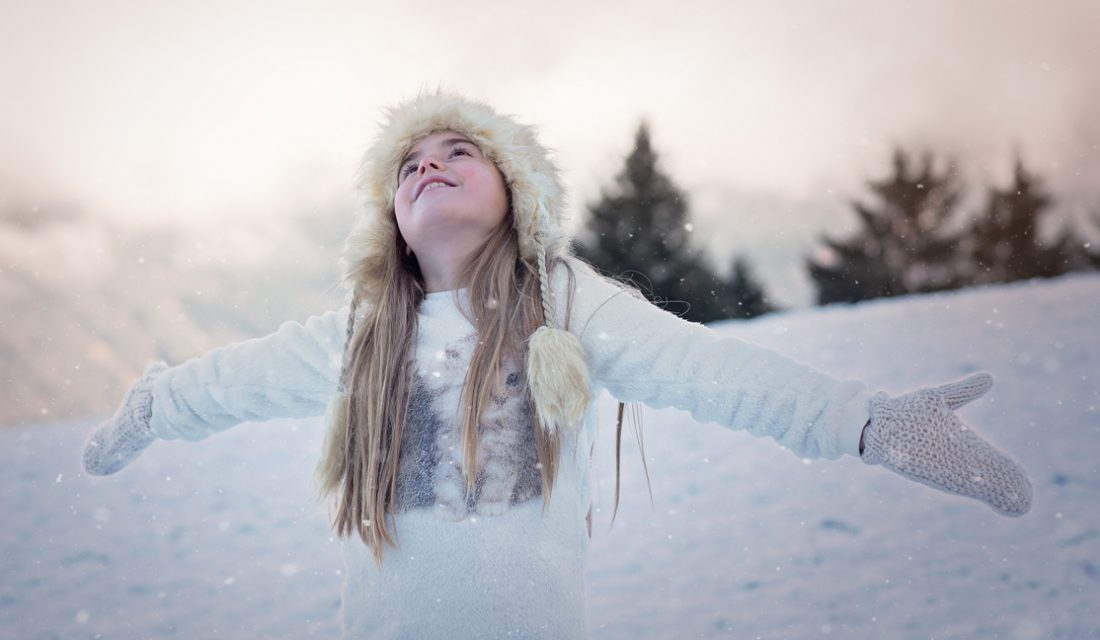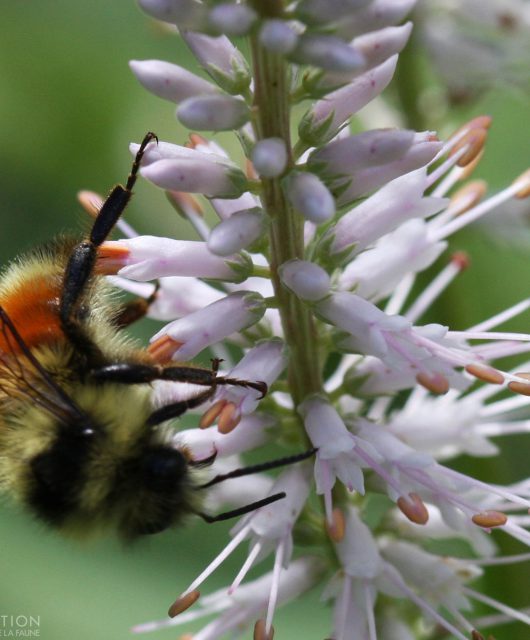Hibernating all winter is not exactly the best way to feel a shared connection to wildlife.
When temperatures drop below zero, it’s certainly tempting to let your love of the outdoors grow cold.
However, winter months in the Great White North are actually a great time to get in touch with your inner Canadian: the one that knows what a toque and mukluks are, who understands the joy of sitting on a well-waxed wooden toboggan at the crest of a snow-covered hill, and who longs for a sheet of natural ice and a Sunday afternoon game of pond-hockey.
Playing outside during the winter months is not just a fun way to get in touch with your eight-year-old igloo-building self; there are many health benefits to staying active, especially if you’re someone whose mood turns grey during the colder months, matching the winter sky.

The Human Species Shouldn’t Hibernate
Avoiding the effects of the aptly-named Seasonal Affective Disorder (a.k.a. SAD) by soaking up the sun’s natural Vitamin D supply is a good start. Getting outside helps your insides in many different ways.
Cold weather activity can help boost your brain, burn more calories and help combat risks of obesity and depression that come from spending a sedentary life indoors all winter. Bears and bats need to store their fat to get through the winter: humans, not so much!
Outdoor exercise and winter sunlight work together to help get your blood flowing, providing your organs with energy-boosting nutrients that can curb winter blues and keep your waistline in check. Of course, there’s a few things to remember before you head into the cold winter air to ensure you’re protected:
- First, layer well. Start with a layer of material designed to draw sweat from your body, like a dry wick top. Add an insulating layer such as fleece to keep you warm and also allow water vapour to pass through. Top it off with a waterproof outer layer to protect you from the elements.
- Protect your extremities, the vulnerable areas of your body like fingers, toes, ears and nose, from frostbites. Cover up with warm waterproof gloves, hats, scarves and ear-muffs.
- Don’t forget the sunscreen! Winter sun rays are reflected by snow, so be sure to apply sunscreen to exposed areas.
Just For the Health of It
The new year is a great time to make a lifestyle change designed to improve your health. Living leaner, staying active, reducing stress and getting outside are all wise ideas. Of course, getting outside is also a way to ensure you maintain a year-round connection to wildlife and your natural surroundings.
Download our free iNaturalist Canada app and use it on your next hike. And if you’re stuck for ideas on what to do outside, check out the CWF Below Zero page for 50 great things to do this winter.
Canada is a winter wonderland, so get outside – just for the health of it!







1 comment
David DeRocco, thanks so much for the post.Much thanks again. Really Cool.